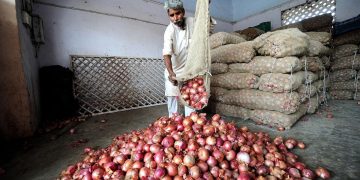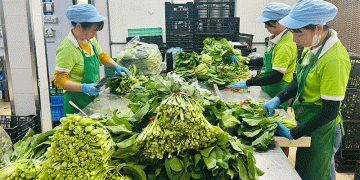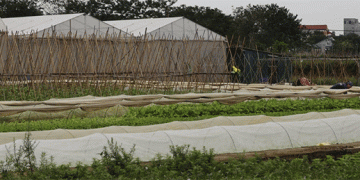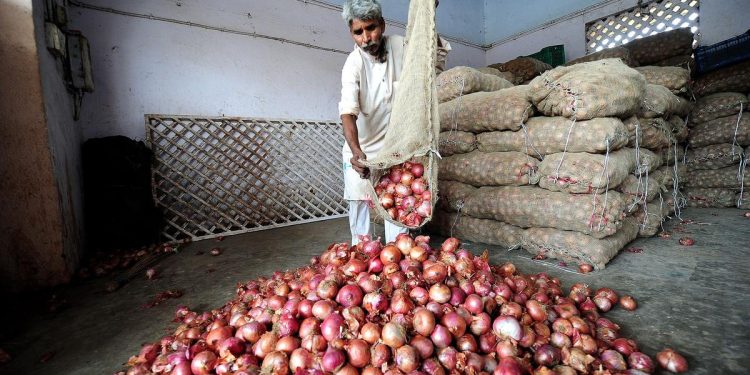#Onionexports #Agriculturalpolicy #Indianagriculture #Onionmarket #Exportduty #Farmers #Foodsecurity #Domesticsupply #Pricestabilization #Governmentintervention
Explore the recent imposition of a 40% duty on onion exports in India and understand the reasons behind this decision, its impact on the agricultural sector, and what it means for farmers and consumers.
In a significant development aimed at bolstering the availability of onions in the market, particularly in anticipation of the upcoming festive season, the Indian government made a decisive move on August 19 by imposing a 40% duty on onion exports until the end of the year. This decision has generated considerable interest and discussions among farmers, agronomists, agricultural engineers, farm owners, and agricultural scientists. In this article, we delve into the rationale behind this move, its implications for various stakeholders, and the latest data on the onion market.
The Surge in Onion Exports
Rohit Kumar Singh, the Secretary at the Department of Consumer Affairs, shed light on the government’s motivation for implementing this duty. He pointed out that there had been a noticeable and rapid increase in onion exports in recent times. This surge in exports was concerning for multiple reasons, primarily the impact it was having on domestic onion availability and pricing.
Understanding the Duty’s Impact
The imposition of a 40% duty on onion exports is expected to have several implications:
- Boosting Domestic Supply: One of the primary objectives of this move is to ensure an adequate supply of onions in the domestic market. The government aims to prevent a shortage during the festive season, when the demand for onions typically spikes.
- Stabilizing Prices: According to data from the Department of Consumer Affairs’ Price Monitoring Division, the all-India daily average retail price of onions on August 25 was 25% higher year-on-year, at ₹32.6/kg. By curbing exports and releasing government onion stocks into wholesale markets, the government hopes to mitigate price hikes and provide relief to consumers.
- Protecting Farmers: The decision also seeks to safeguard the interests of onion farmers. By stabilizing prices and ensuring sufficient domestic supply, farmers can benefit from stable incomes and reduced market volatility.
The Latest Data
To gain a deeper understanding of the situation, let’s look at the latest data on onion exports, domestic availability, and pricing trends. The imposition of the 40% duty came as a response to the surge in onion exports, which had the potential to deplete domestic stocks and drive up prices. By enforcing the duty, the government aims to strike a balance between export demands and domestic needs.
The imposition of a 40% duty on onion exports is a strategic move by the Indian government to address the rising challenges in the onion market. By curbing exports and releasing government stocks, the government aims to stabilize prices, ensure an adequate supply of onions during the festive season, and protect the interests of farmers.
This decision underscores the delicate balance that policymakers must strike between encouraging exports and safeguarding domestic food security. It also highlights the significance of data-driven decisions in agriculture, ensuring that interventions are timely and effective.
The 40% duty on onion exports reflects the government’s commitment to addressing the needs of both farmers and consumers. As we move forward, continued monitoring of the onion market will be crucial to assess the impact of this policy and make further informed decisions.
































